The Crazy World of Arthur Brown and Kingdom Come | Interview
Arthur Brown first came to prominence in swinging London. He is most well known for The Crazy World of Arthur Brown and Kingdom Come.
Who were your major influences?
Arthur Brown: My father was a self taught jazz pianist, so we had discs of Art Tatum, and the Europeanised version, Charlie Kunz. One of my father’s friends was a consummate boogie woogie pianist. He had a handlebar mustache. My father wrote funny limericks. My mother had a beautiful singing voice. My brother and I sang sailors’ hornpipes as a duo, before my brother’s singing voice disappeared at puberty.
Soon, all things American came in. Sinatra, Basie, Ellington. There was a zest in the American lyrics. Their philosophers had not opted for pessimism and worship of the absurd like the Europeans. They believed even then that we could improve the world with positivity and technology.
In came old style western movies, in came glamorous romantic movies.
Alongside this came radio broadcasts for the troops, reflecting musical tastes of people stationed in Morocco or Egypt. Soon Radio Luxembourg was broadcasting the hits straight from America, so we got to hear Carl Perkins and bothers who didn’t feature in the charts.
In my late teens I began to send away for book collections of paintings by old masters: Van Gogh, Rubens, Rembrandt, Blake. I also sent away for classical albums: Tchaikovsky, Beethoven, Grieg. And albums of American Country music.
“I remember particularly that when the murder happened, the stage – which had been normally lit- was suddenly all bathed in red, with huge shadows. It was some kind of turning point for me.”
At school, I immersed myself in Shakespeare, Donne, Blake, Browning, Tennyson. I read the whole of the historical progression of books from Defoe to Lawrence Sterne etc. that lead up to Austen, Bronte, Meredith, D H Lawrence, Trollope, Bram Stoker, – the history of the English novel. I went to see a live production of ‘Murder in the Cathedral’. I was astounded at the visual effects they were able to produce. I remember particularly that when the murder happened, the stage – which had been normally lit- was suddenly all bathed in red, with huge shadows. It was some kind of turning point for me. Later I knew I could deal with subjects normally then outside of the province of rock – I could introduce real theatre, with characters.
Dance was a strange thing then. Most adults did ballroom dancing – rather controlled and sedate in those days. But we somehow saw footage of Teddy Boys jiving that were remarkably orgiastic and lively. Also, people were spending holidays on the continent, and bringing back its rhythms. But even more for me were the travelogue documentaries about African witch doctors I watched a lot of those, and they greatly influenced my dance style. More so than the elegance of Astaire, who I watched repeatedly.
TV and movies brought new artistic vistas, from the grandeur of natural scenery in the movies of Ford, to the lavish romance of the great movies. Yul Brynner in the ‘King and I’. I had never seen a shaven headed man in my life till I saw that movie. At the same time in my late teens, I watched Russian Cinema – and saw performances of Gogol. Japanese movies like ‘Kwaidan’ and ‘Onibaba’ began to appear.
Charlie Chaplin, and Marcel Marceau were great influences.
I recognized early on that although I could sing well, the multimedia presentation brought all art forms together.
Op art had not yet arrived.
Some other influences:
Henrico Caruso, Harry Secombe, Dame Clara Butt, Welsh choirs, fairground music, gymkhanas, Sinatra, Johnny Mathis, Nat King Cole, Ray Charles, Grieg, Tchaikovsky, Beethoven, Art Tatum, Elvis Presley, Chuck Berry, Little Richard, Jerry Lee Lewis, Joan Baez, Burl Ives, Champion Jack Dupree, wash board bands, Lonnie Donnegan and skiffle, Sleepy John Estes, Speckled Red, Howlin’ Wolf , Sea Shanties, Scottish music, Kenneth McKellar, Jackie Wilson, Bessie Smith, Forces Favourites radio programme, Radio Luxemberg, Carl Perkins, Frankie Vaughan, The Goons, Paco Pena, Flamenco, Elias And his Zigzag Five, Ray Price, Frankie Laine, Louis Armstrong, Bix Beiderbecke, Ken Colyer, Mike Cotton, Billy Cotton’s Band Show featuring Larry Adler on harmonica, Modern Jazz Quartet, Mingus, Monk, Tubby Hayes, Swingle singers.
This lot was just till the end of my teens. Then a new lot came along.
Some of the early bands you were part of were The Ramong Sound and The Diamonds. How do you remember those years?
Started with Ramong Sound and Black Diamonds.
I started my real immersion in music when I went to Reading University, I became the string-bass player for a trad band, but pretty soon I realised what people really liked was me singing. So I took classical singing lessons.
I sang once with Acker Bilk, during a time when I also had my own Modern Jazz and Blues outfit.
While at the University I did a rag record with The Black Diamonds, but we never gigged. I joined a mod band from Fulham, The SW5 – which promptly changed its name to the Arthur Brown Union. We supported John Mayall at Eel Pie Island. And had a residency at a club on Tottenham Court Road. We recorded an album for Claire Francis of Polydor, but I don’t know what happened to it.
I then went to Paris with The Arthur Brown Set, and we became celebrities in Paris for a year. It was when I came back to the UK that I joined The Ramong Sound for a short while. Clem Curtis and I did solo numbers each, and duets, mainly soul material. I was chuffed to be singing with him.
“The Crazy World story began one night in Paris, when the sax player and I were fantasising about the future.”
In 1966 your formed ‘The Crazy World of Arthur Brown’. How did you met Carl, Vincent and Sean?
I was already singing with The Crazy World when I joined The Ramong Sound. The stage act was so outrageous for those times, that we got few gigs. It was only because of the underground venues that I was able to even consider that it was worth putting all my energy into the Crazy World at a time when The Foundations (The Ramong Sound’s new name) wanted exclusivity for three years, and total commitment.
The Crazy World story began one night in Paris, when the sax player and I were fantasising about the future. I wanted to open a multimedia club. It was to be called, I said, The World of Arthur Brown. However, we both found that a bit tame in the light of some of our antics on stage.
So The Crazy World it became. Of course when I got back to the UK after the collapse of the engagements there, there was no money for a club. So, the name was moved onto my next band.
After Paris I moved into a bohemian boarding house in West Kensington, London.
It turned out that the landlady’s daughter was going out with a keyboard player. It was Vincent Crane. Soon we teamed up. He had a small unit which had been called The Word Engine. We tried several gigs together. There was a sax player, Peter Gifford, and a drummer. Vince played the bass pedals (this was cool in The Word Engine, as it was a jazz thing).
After the first few gigs it became evident that the drummer was suffering from his heroin habit, and in his case was subject to lapses of judgement and was becoming unreliable. So we decided to put an ad in Melody Maker. We got one reply that seemed worth responding to. Drachen Theaker was his name. Tall and good looking with a hard gleam in his eye. Also with a love of jazz , the avant garde, art of all kinds, and an appreciation of the visual flamboyance of my performance. He was also versed in soul music and had a love of Indian and African music.
“The music we made came from a very varied background mixture.”
He seemed to fit. It turned out that he had gone for an audition the day before with Jimi Hendrix, but got caught in traffic and missed the appointment. He threw in his lot with us on the spot.
Vincent had a degree in music from Trinity School of Music. He could conduct. He could improvise boogie woogie for hours on end. At that time he loved modern jazz, but was not into the avant garde. Drachen was self taught. He had then the complete recordings of African music from the Smithsonian library in USA. He had a fabulous collection of avant garde jazz. His favourite drummer then was Elvin Jones. He also loved Stockhausen and Walter (soon to become Wendy) Carlos. He also made his own study of the history of pictorial art.
I was into old blues, flamenco, soul, folk, jazz, improvised poetry, African witch doctor dancing, and had also begun my journey into the masters of painting, film and drama. So, the music we made came from a very varied background mixture.
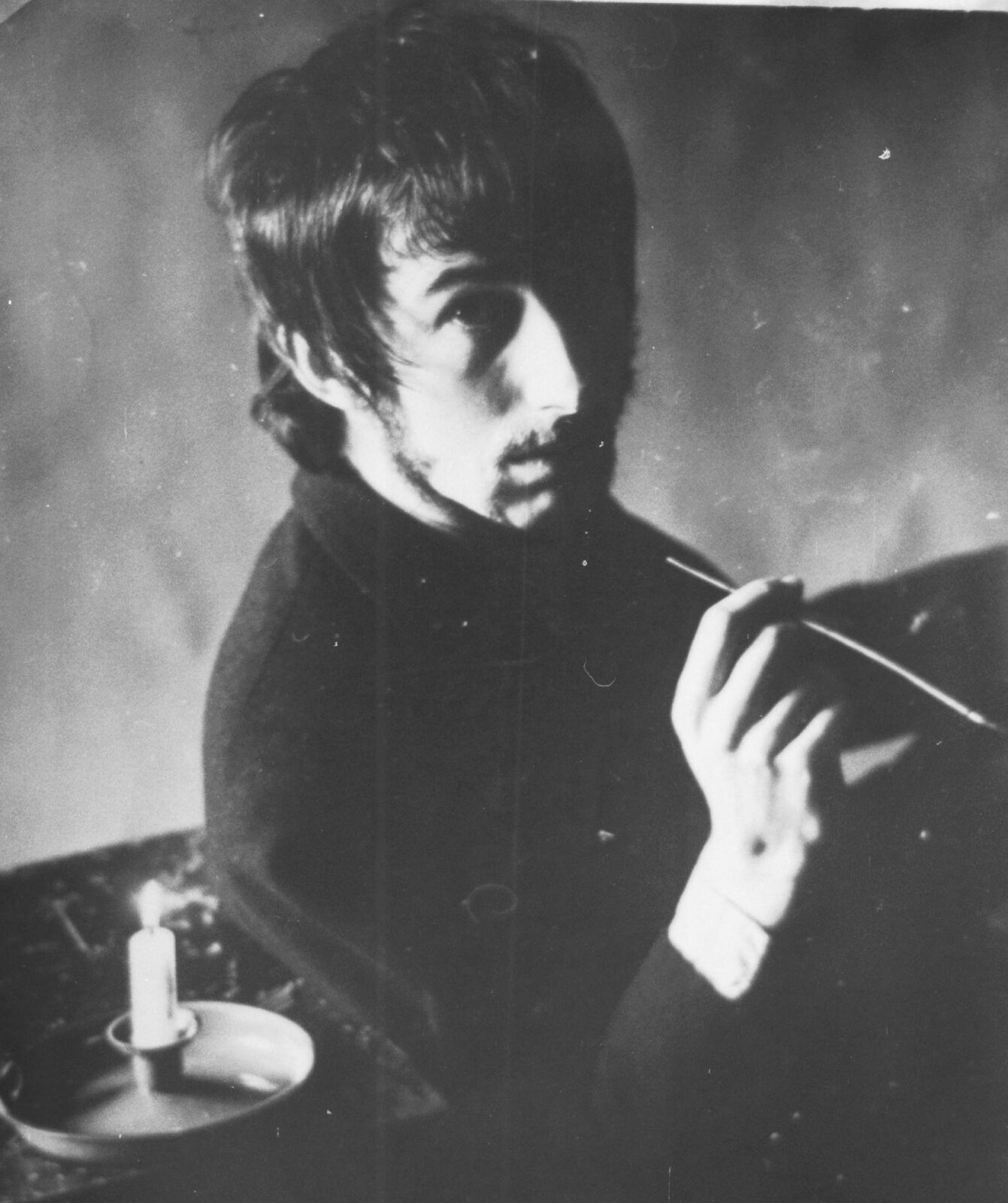
Drachen and Vincent had difficulties with each other from the beginning. They had a different upbringing and different temperaments. Drachen was always respective of Vincent’s musical capacity. He thought Vince was a genius. Vincent thought Drachen couldn’t keep time, and was put off that Drachen wasn’t more middle class in his way of life. Drachen would often not wash. His feet would stink, and we would have to drive with the windows open. When Vincent, who we later discovered had developed bipolar disease, was in his manic phase his intolerance of Drachen was a real obstacle. It is true that Drachen had difficulty with his timing in the band. But you are talking about someone who, for instance, became tabla player of choice for Indian musicians on the restaurant circuit.
I found in Drachen a kindred spirit. We discussed spiritual traditions and art and philosophy at the drop of a hat. This rarely happened with Vincent. The real fact was that Vincent reined in Drachen’s wildness with discipline, and Drachen pushed Vincent into areas he would otherwise have ignored. I found a great brightness in Vincent, a witty capacity to improvise. An intelligence that was brilliant. He would undercut himself when depression came on him – but sooner or later he would come out of it. It only got bad after the American tour when he was spiked with LSD and had to go into mental hospital in the middle of the tour.
After that, he was never as balanced again.
So any way, I managed to glue us all together. And the underground scene gave us licence to say and do whatever we liked. We were attacked together, we were applauded together. We were friends, but we never were close as a social unit.
Nick Greenwood came along after we had recorded ‘Fire’, and the people in the US were firm that we needed a bass and guitar for the tour, in order to be able to rival the US bands. We said bollocks to the guitar, but we’ll try a bass player. John Paul Jones was in the picture through Kit Lambert, but somehow that didn’t gell. So we held an audition. Nick was the best at the audition. It was a strange event, because all kinds of nuts thought we would take them, because we were supposed to be crazy. One guy who came could only play four notes, but had lights on his hat and guitar.
We were not entirely happy with Nick because he could not improvise to jazzy things. But we need the player for the tour. Nick and I got on well, and he stayed in the bass seat for over a year.
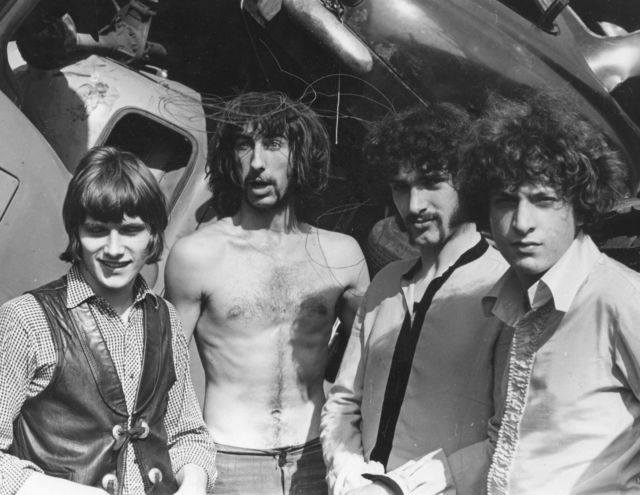
What can you say about the cover artwork of your debut album?
Well, Lambert and Stamp were a great promotional team. They were also film makers by inclination. So visual images were their province. It was Lambert who got The Who into op art. So they were on the lookout for great cutting edge techniques and approaches. The back cover, as I remember was done by David Montgomery. He came up with the brand new (at the time) technique of solarisation.
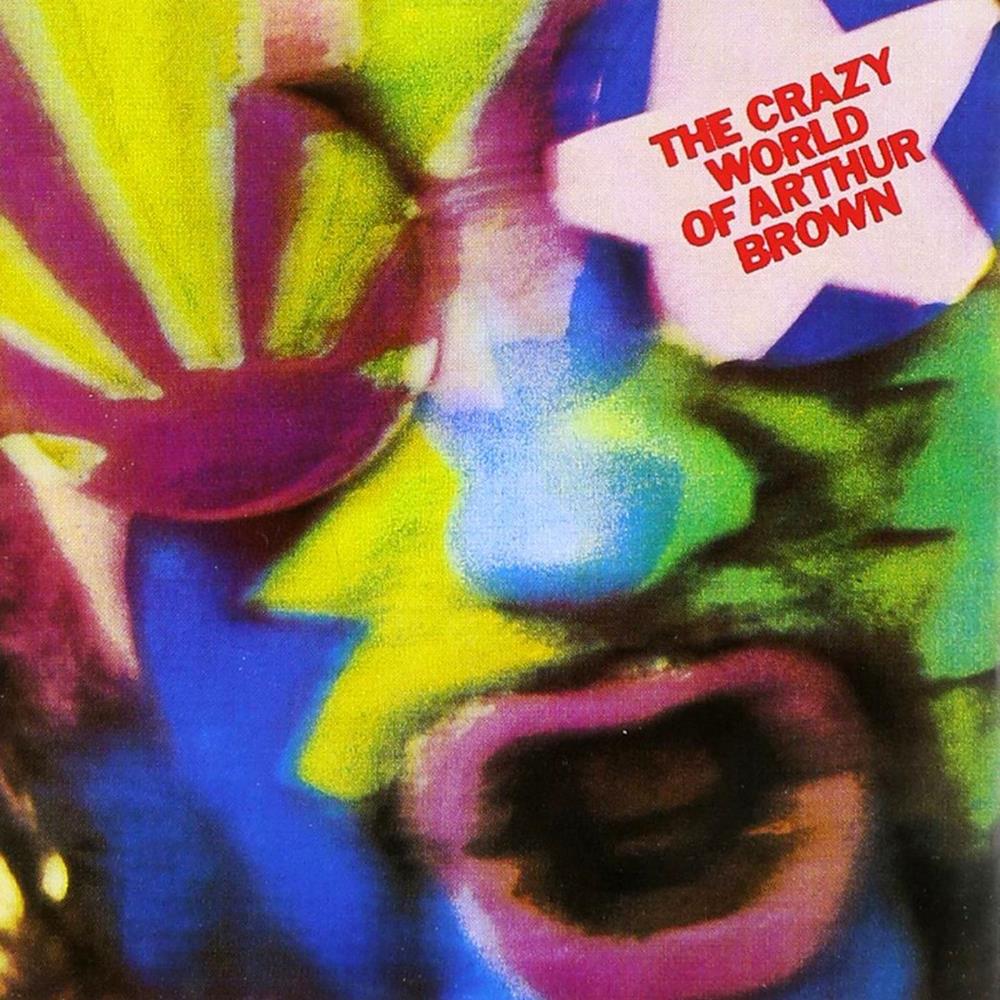
For the front cover, as there was no Photoshop in those days, we actually had an artist come and paint both myself and the snazzy glasses I was wearing, with the kind of psychedelic designs that we’re then current. It was a brilliant idea. Quite modern tribal. It is at once an abstract design, and a recognisable human face.
You can see from the cover of the album how Lambert and Stamp steered everything away from the group, and into myself. If you look on the album, it doesn’t even tell you who plays on it.
They wanted me to be a solo artist. They didn’t realise that I work best in some kind of group format. They felt Drachen wasn’t good enough, and that Vincent was too big for his boots.
That said, Lambert and Stamp were absolutely brilliant at promotion, and also keenly aware that if I were to be taken seriously as an artist, I would have to be associated in all aspects of my career with cutting edge artists of a high calibre. The same was true of the launch of David Bowie a few years later. It is also one of the reasons why Alice Cooper associated with Salvador Dali.
“The mask hides the individual identity.”
Was there a certain concept behind the album?
The mirror mask I wore for ‘Nightmare’ arose from several sources. Firstly I had come into Japanese Noh theatre. The human form becomes less of a particular individual, and becomes like one ant among other ants. The mask hides the individual identity. It also reveals the basic sameness of human beings – that which is common to them all. It also becomes because of that, familiar, and yet it is strange and otherworldly. Also, I was into Zen and zen teachers, who might come up behind you and strike you if they could see your attention was wandering. I felt at that time that in performance I was functioning somewhat from that place. It was also a personification of the character that the person in my tale was taking on at the beginning of his journey. In fact there are several characters he becomes in the one song.
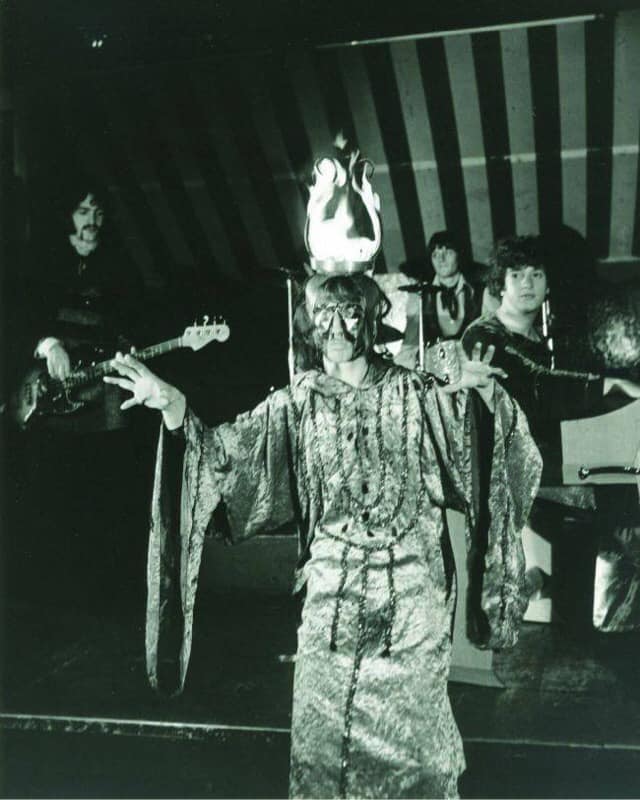
“The album was a representation of the clarity of the awareness that exists beyond duality.”
There is the character whose personality is falling apart as he contemplates the world.
“Dynamic explosions in my brain
Shatter me to drops of rain”
Then he becomes all the workers.
“Lips don’t want to criticise you know
Eyes can never tell you lies it’s so”
Then he becomes both the one lost in the coldness of an uncaring world.
“Why is it so cold out here? Let me in!”
And the one exacting a price for an entry into joining the community of believers
“The price of your entry is sin.”
It would have been well nigh impossible to represent all these live. So a strange character that was not an individual identity seemed to work best. Then, all the voices could be his. It was partly because this was expressed in the words as images that if applied to a normal person would be taken to be confused and deranged. In fact it could have been expressed as a mad person, but I wanted to have someone who was moving through these images in his consciousness, but himself existing, throughout the whole concept of the album’s story, in a witnessing awareness.
So the album was a representation of the clarity of the awareness that exists beyond duality. Duality is expressed both in separate deities, the god of Hellfire, and his God brother whose fire is the joy of the human spirit – the song ‘Come and Buy’. It also is expressed in the passage of time. Eg “One white hand holding silence, collapses, ecstasies of violence, changing to time”. Nature’s cyclical movement from one pole to another is also brought in, “where the sudden scent catches you, and you try to stay its flavour, but find at its source a green leaf already mudded – all things have a pattern.”
You have to remember that only half the concept was finally put on the album. The whole story looked at the duality involved in society, ancient wisdom, education, sex, religion, and generally all the places we look to find answers.
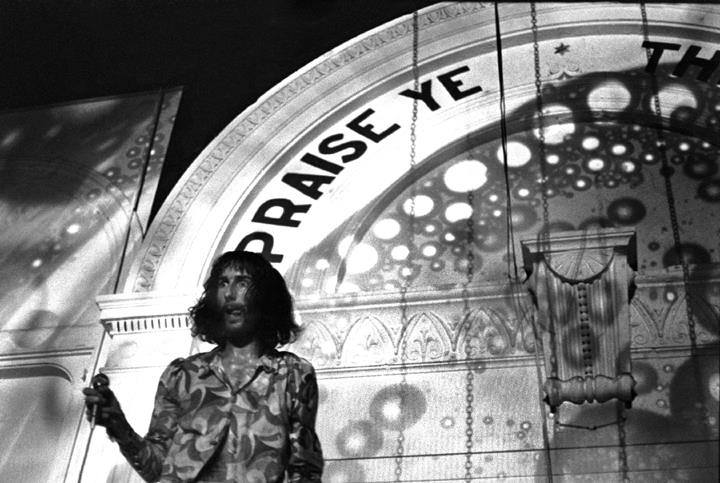
The album was designed to have two A sides. You could choose which one you wanted by your mood. If you wanted to enter a dark energy, that was one side. If you wanted to enter a lighter one, that was the other. In fact, ‘Child of my Kingdom’ was to be the last track of the second part of the concept. So, it would have closed one side. It had a generally positive and uplifting feel. As opposed to the darker ending of what became known as the ‘Fire Suite’.
I must say, a large number of people thought I was crazy, and it was all a loon. Many thought I was a Satanist. Many thought I was claiming to be a real hard-nut. I can only say that I and the others who were involved in creating this musical piece, must have been at least partly successful. Otherwise why would music based on such a strange concept still be popular?
“‘Strangelands’ was entirely improvised, both musically and lyrically.”
In 1969 you recorded your second LP which was not released until 1988. It’s quiet a different album. You went much more into avant garde.
‘Strangelands’ was entirely improvised, both musically and lyrically. It was done by a group of musicians and myself, with Drachen Theaker on drums and Dennis Taylor on bass. They had both been involved in The Crazy World band. It was a test to see whether the musicians could come up with something worthwhile. The only directions were how I sang. Except that I told them it would involve the city and the country. So it is one of the earliest freestyle albums. We had John Mitchel on keys, who wasn’t used to playing rock, so he came up with original musical approaches. Andy Rickell played guitar, and he did so with an inverted funnel on his head. So he became known as Android Funnel. George Khan played electro-sax, varying from jazz to classical, to rock.
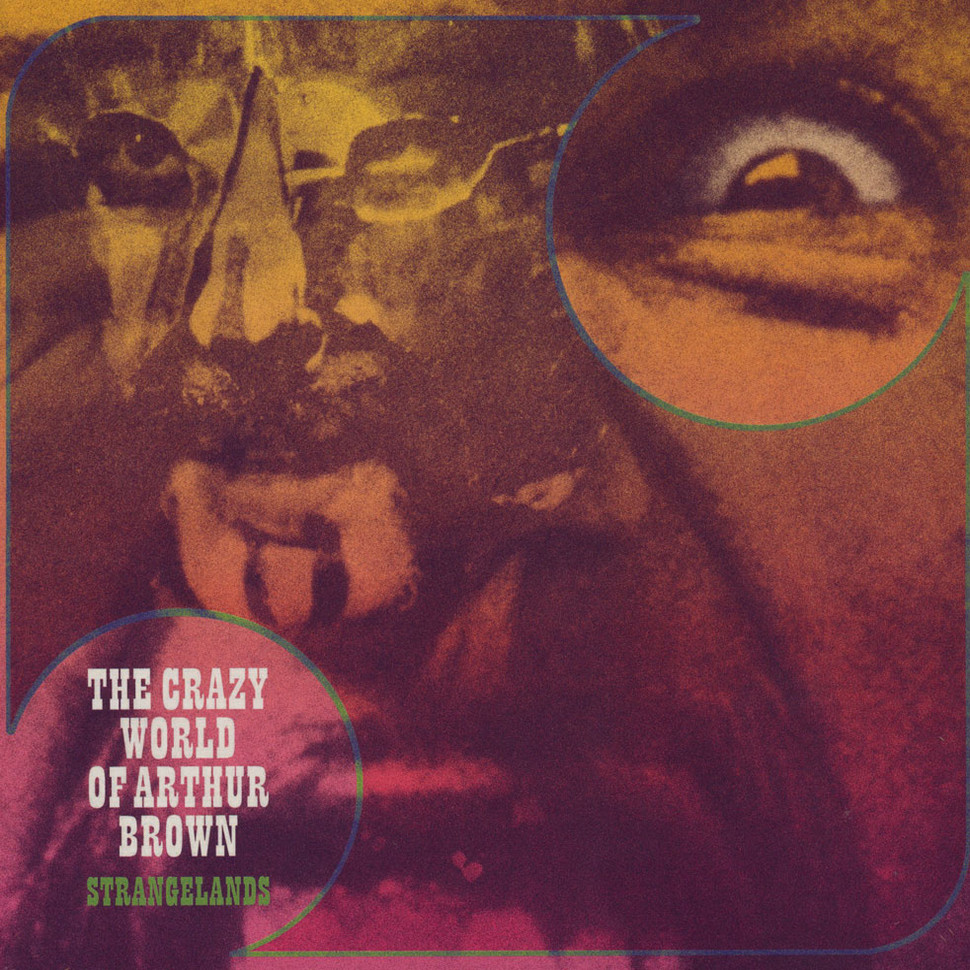
“We lost the communist party one of its seats in Parliament, because they had said our presence would show they had regained control of the students.”
Later, Giorgio put us on a tour in France. This tour was simply outrageous. I performed naked. We lost the communist party one of its seats in Parliament, because they had said our presence would show they had regained control of the students. When they saw our band and me naked the students started rioting all over again. So we were in and out of police stations, and had meetings with me, Giorgio Gomelski, and Philppe and Francoise Mettrani, the leaders of the communist party. Somewhere I will give a full account of this tour. It was astonishing!
Giorgio suggested he put the album out on his label Marmalade, but I was already thinking of the next project. So it stayed on the shelf for many years.
John Mitchell and George Khan decided to call it a day after the tour. But Drachen, Dennis, and Android, decided to carry on.
We found a farmhouse in Puddletown, Dorset, and all moved in and that’s how the Puddletown Express was born. That band did many strange gigs over a period of a year, before my publishing royalties ran out. That period has some fantastic tales accompanying it, which I will tell elsewhere.
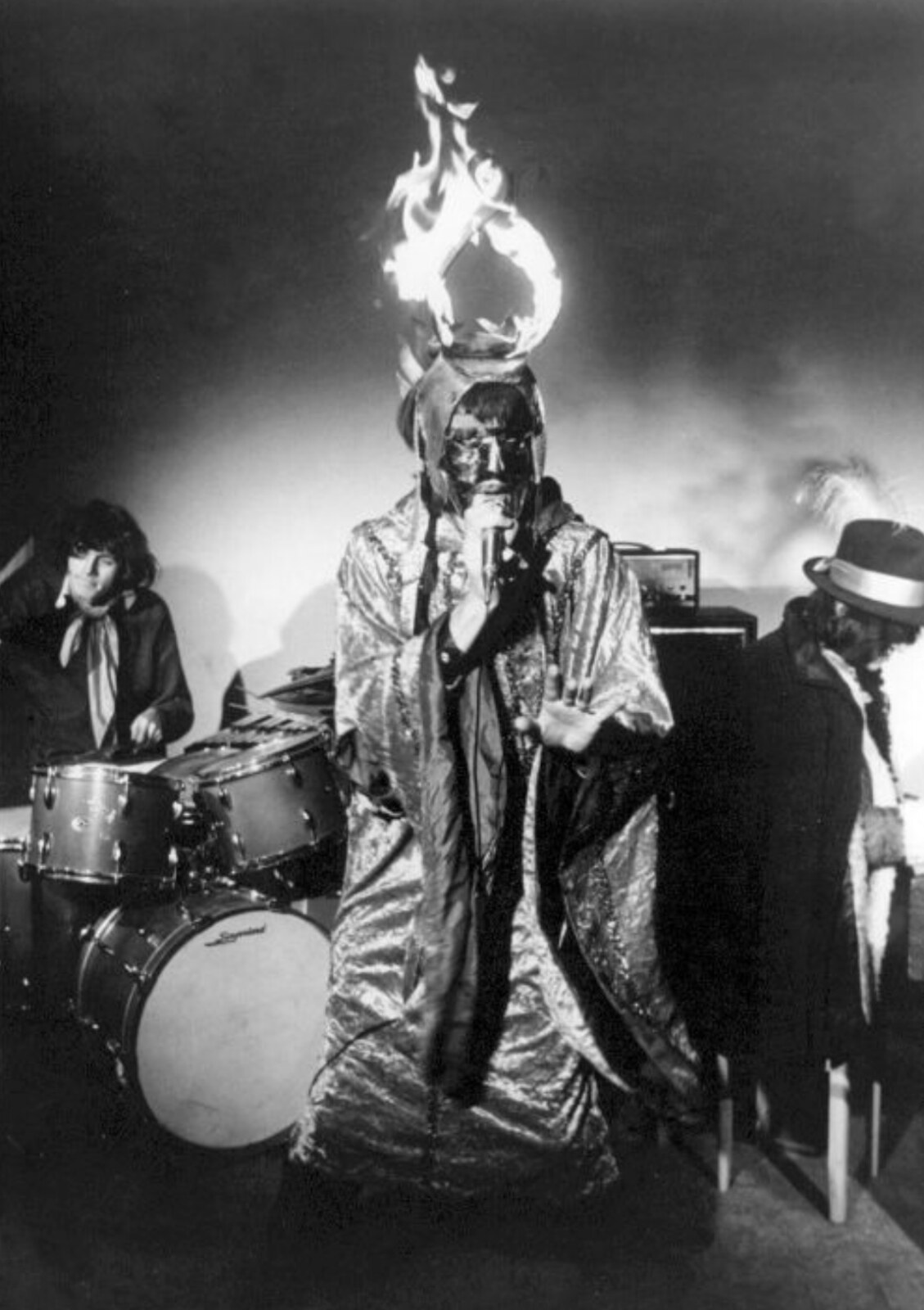
In September 1970 you formed Arthur Brown’s Kingdom Come and released three albums.
Upon the demise of the Puddletown Express, Dennis Taylor, his wife Astrid, my then wife Jeanette, went to Glastonbury. It was there that Dennis said “What ya goin ter do nah?” “Form a new band!” I declared. “What”ll it be called.?” said Dennis. “Oh,” I said , thinking of Camelot, and King Arthur and me making a come back, “Kingdom.” “Why not Kingdom Come, then?” replied Dennis immediately. It was cool, because it suggested the coming of a spiritual perspective, and at the same time had a suggestion of power and destruction- as in the expression “blown to Kingdom Come!” So that was that. Kingdom Come we were.
I set off to find a manager who would be able to deal with business in a totally non-traditional manner. Some friends of mine had a friend who had trained to be a lawyer. I got talking to him, and we went on a couple of walks, one in Hampstead, and one in Puddletown. Mark Radcliffe became our manager.
We needed to get some money, and thought the best way would be to repeat the earlier improvisation experiment with different people. We did, and part of it was released much later as ‘Jam’. We cobbled together some other pieces and assembled a reasonable portfolio. First we tried Polydor England but they wanted nothing to do with us. We then contacted Polydor Germany, and ended up in a meeting with a black leather- jacketed team led by Horst Schmultzy. He said “You have done it once. You can do it again!” and gave us 10,ooo pounds on the spot.
We booked a warehouse in Coventry Garden. Gooch Harris, from the jam session was in the band (he was playing in Arcadium with Bob Ellwood who also joined for a short while). Somehow Andy Dalby who was playing in a band called Charge from Derby became involved. He brought in Julian Paul Brown on synths, and eventually Slim Steer on drums.
But at first we had Rob Tait on drums and he didn’t like the music – wanted a looser jazzy thing. So in came Andy McCullough, fresh from King Crimson. He spent some time developing Gypsy and did an Italian tour with the band, but eventually it was not to his liking. We did all kinds of musical exercises with the band – most of which I thought up. It began to move us all into a different musical scenery.
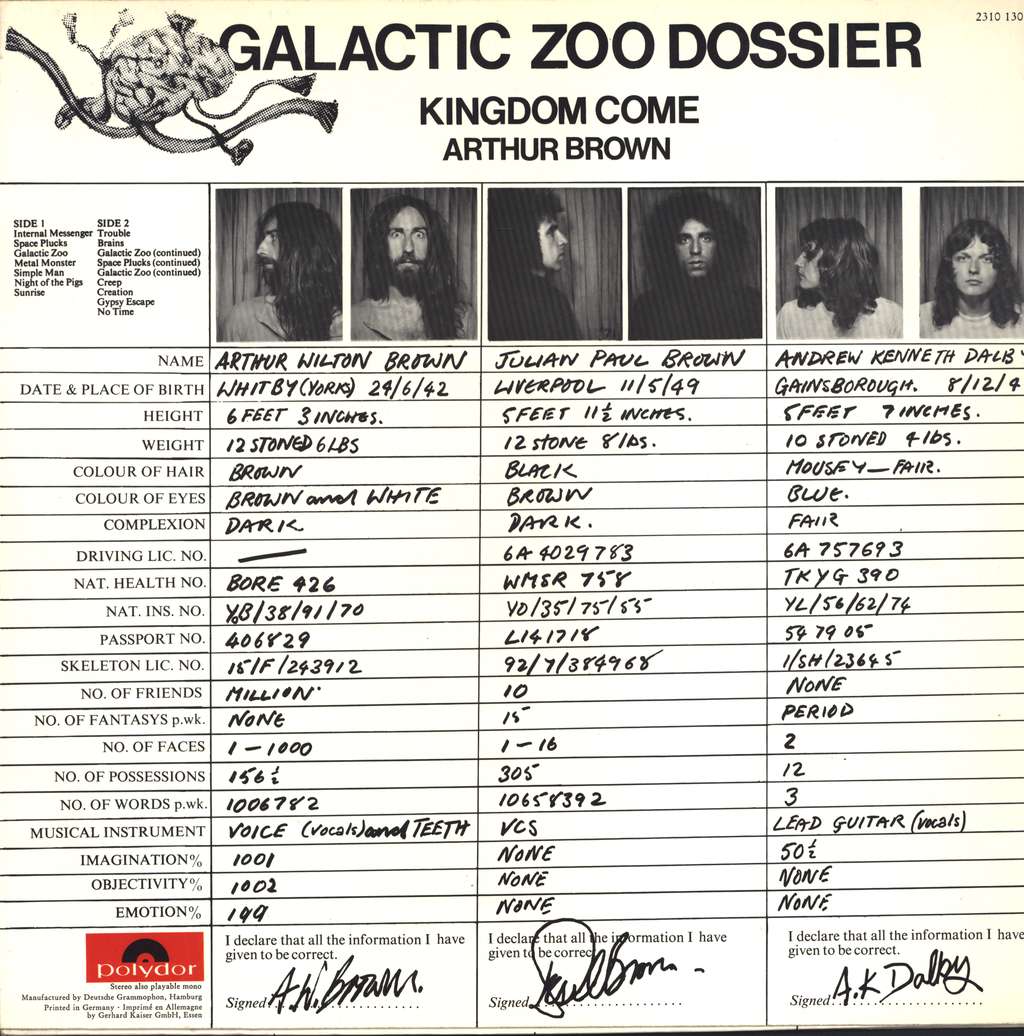
The concept behind the album – and stage act – was the confrontation of all the hippie ideals with the actualities of political and police power. It was looking at a spiritual quest in the context of earning money, assassination, wrongful arrests, and it was posed in terms of us all being prisoners in a Galactic Zoo. It was also looking at the fact we are trapped in time by our daily life, while our essential nature is timeless – so we are on a cross – where the horizontal is time and the vertical timelessness. So, in the stage act the image was one of me on a cross. Some have interpreted this as a Christian thing, but it is wider than that.
It was a return to theatre, but avant-garde theatre. We all wore costumes. And we had a light show projecting images onto a gauze screen that you could lower or raise. You could make us disappear behind images, or appear in the middle of those images – as though we were part of the picture. We had huge cartoon figures that went into the audience. It was a multimedia presentation. The music was heavy. Alice Cooper, with whom we played at the Rainbow Theater, said it was “True Psychodrama!” This was all part of my own intentional inward journey. We lived together and began to take LSD.
After a year, we needed to do another album. I wanted to do one about water. So we did. Mentally and emotionally because of the drugs we were in a state of flux. And the album mirrored that. It was less heavy and more playful. There were a series of images that arose from little tales that surfaced in our examination of the psyche. There was the traffic light that couldn’t go green.
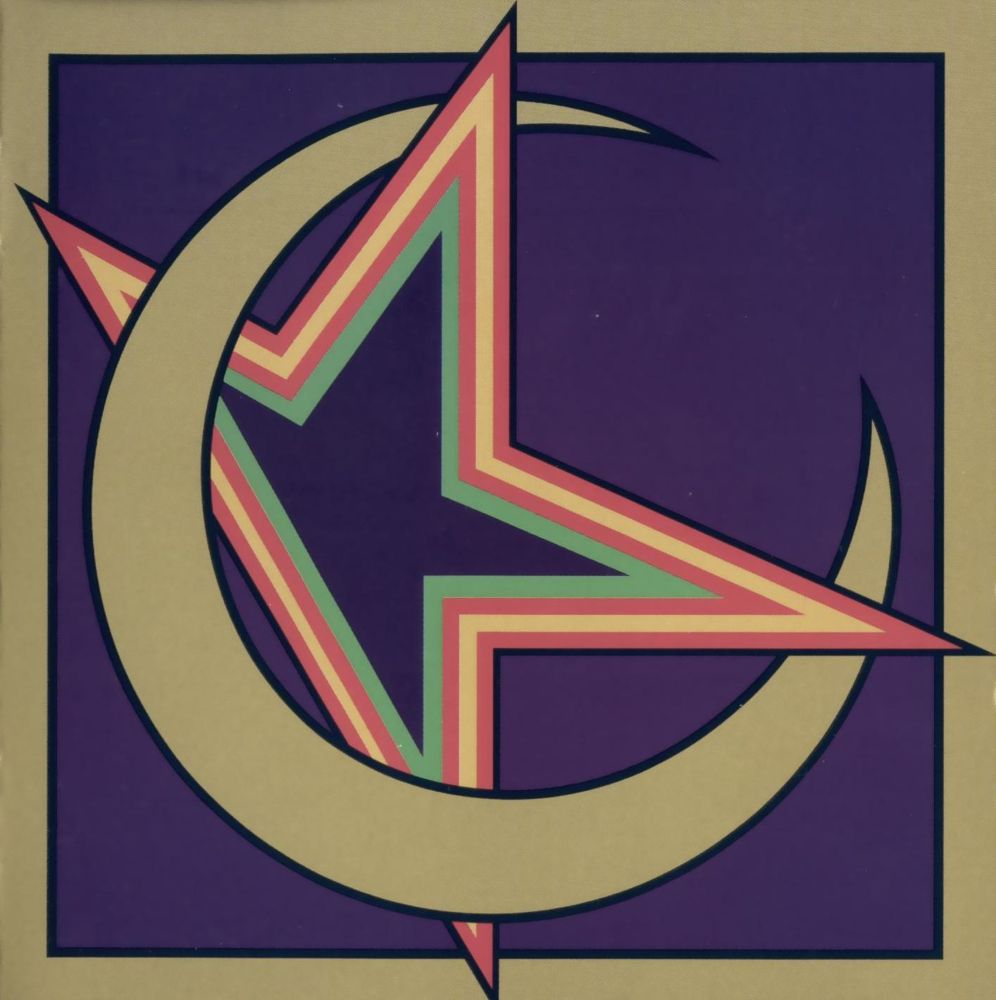
So one of the band became the traffic light and wore that costume. There was the captain of the ship- of consciousness that society was trying to force to come back aground- so I wore a huge boat around me. There was death. There was the school master. There was the Pope and so on, and all these had costumes. The music was going in a direction that Goode didn’t identify with. The drummer ran off with the bass- player’s wife.
So, by this time another year had passed and we needed to do another album. We decided to do without a drummer altogether and came up with the idea that I should play a drum machine live onstage. Which no one had ever heard of. And at that juncture my battery is at zero. I will continue when it is charged.
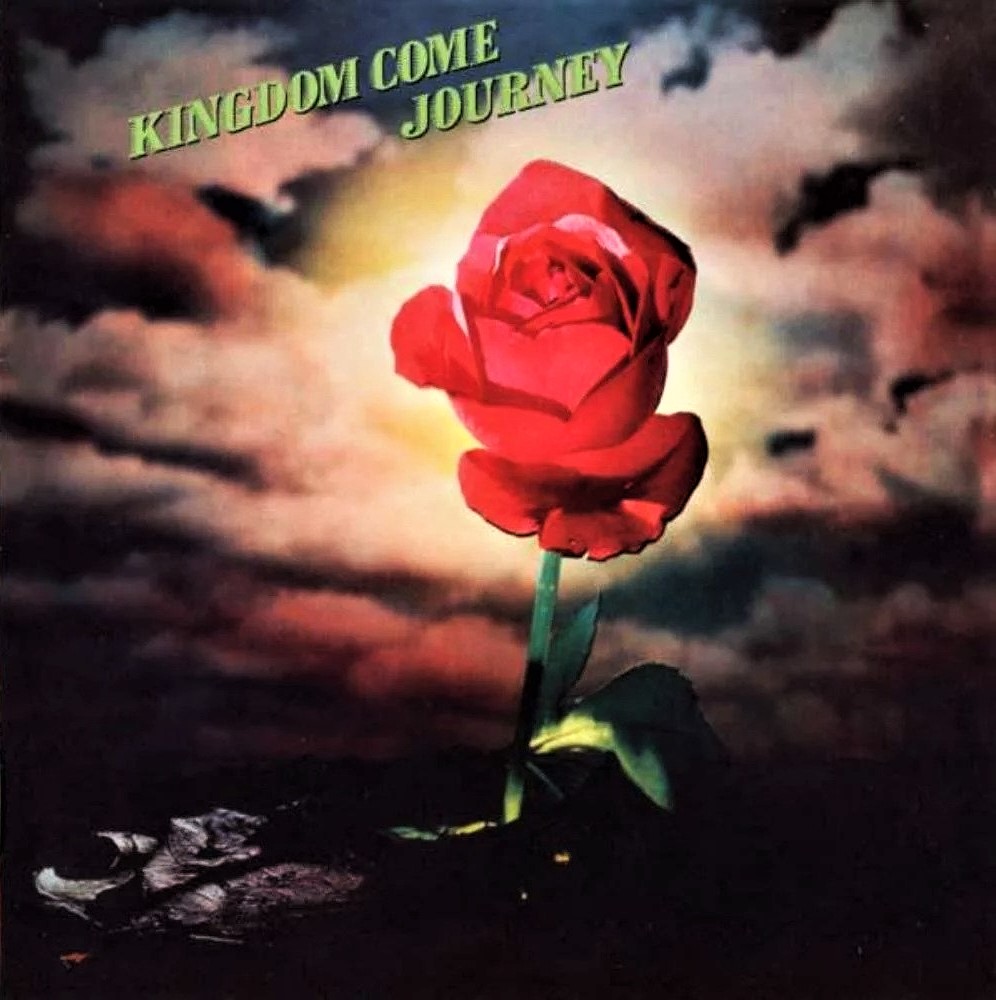
Your last album from that period is ‘Journey‘.
Well this new concept certainly amused us. We wrote new tunes, and had three weeks before we were to do new gigs. Goodge contributed to the writing, but was becoming more and more disenchanted with being on the road. Our first concert was at the London School of Economics. Goodge had decided to call it a day. So we did the concert without a keyboard and got a standing ovation!
In the end a visiting synthesiser player from Detroit, Victor Peraino came to a gig and said “I want to play with you guys.” We decided to give it a go. We tried it out for a couple of gigs, and it went well.
So we added him to the line-up, and eventually headed for the studio. This was Rockfield in Monmouth, Wales. It was where Dave Edmunds created his hits. He was around when we were recording, and soon he expressed an interest in our project. Though his hits were commercial, he loved experimental things. Soon Dennis Taylor stepped aside to give him a shot at production. It produced a classic album.
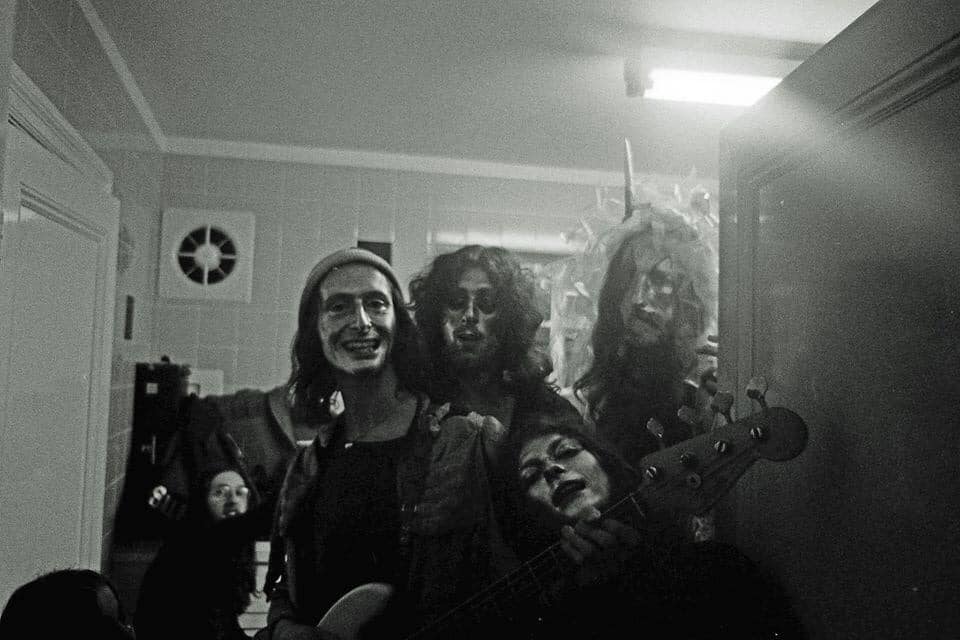
The musical concept had been to have something with the simplicity of a string quartet, where each instrument is as important as the other. It was also to base it round the capacities of the Bentley Rhythm Ace drum machine, with me at its controls.
We developed a stage act that used yantra, and Blake images, and beautiful interacting geometric shapes. The aim was total art for all the senses. There was movement and dance, painting and colour architecture, as well as music in geometric shapes.
It was a total presentation in which all the senses were approached. It was far more abstract than the other two Kingdom Come albums. We wore black velvet jump suits and huge tubular transparent helmets.
The album was rotated on Radio Luxembourg, which played its two sides back to back. We began to play cultural events and open for the Duke Ellington orchestra etc. But, my inner search led me elsewhere, and we disbanded.
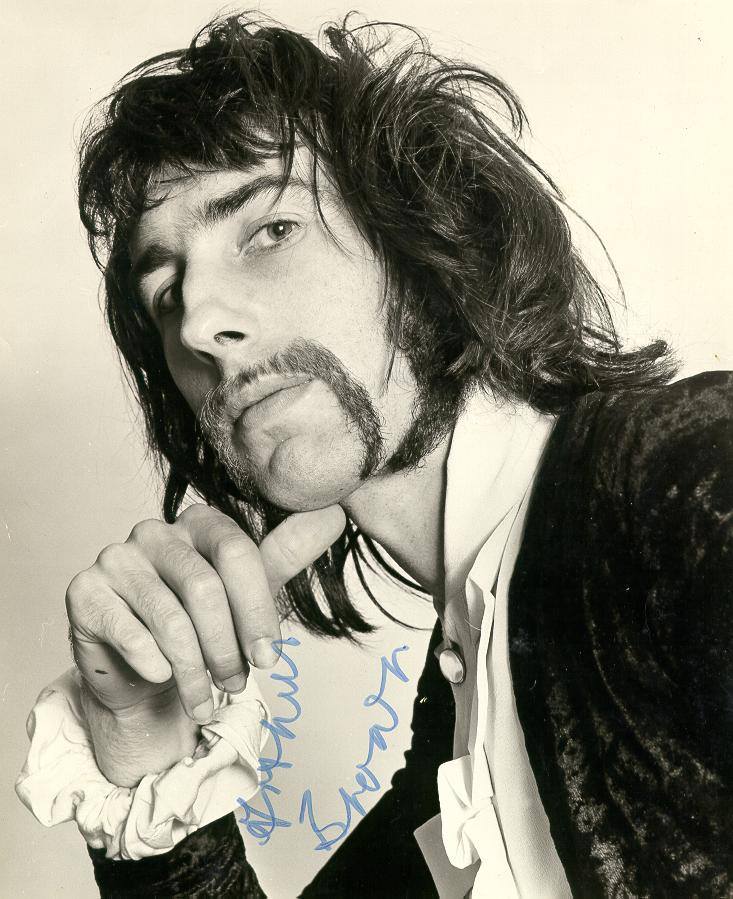
What happened next?
After this, I went into various meditation and spiritual retreats. I kept my hand in with guest spots in ‘Tommy’- the movie, the Alan Parsons Project, and projects with Robert Calvert of Hawkwind, and one written by Cat Stevens’s brother. I did healing work for the wounded in the 1975 war in Israel. I spent a little time at the battle front. I went round Turkey. Then I lived in Africa, and did many things. Then I moved to Texas, got married and concentrated on my family. All the time I did music, but mainly, it was local. Then I toured Europe with German synth giant, Klaus Schulze. I have recently been given the Showman of the year by Classic Rock magazine. I have done many other musical things in this time, but they are too many to enumerate.
At present I am involved with the Hamburg Blues Band, with Clem Curtis on guitar, and Adrian askew on keyboards. I will finish the majority of my gigs with them by end February… by then our tour will have covered 80 concerts or more.
After that I concentrate on recording new material with the current line-up of the Crazy World.
You can check them out on my website! We have a live vinyl album out of our performance at the High Voltage festival last summer.
In the spring a box presentation will be released which has a DVD of the award winning concert at the Astoria theatre in London. It will also contain various secret unheard recordings, and other surprises. You can get it initially through my website.
Living in the empty, where it all comes together. Arthur Brown
Klemen Breznikar
Arthur Brown Official Website / Facebook / Instagram / Twitter
All photo materials are copyrighted by their respective copyright owners, and are subject to use for INFORMATIONAL PURPOSES ONLY!

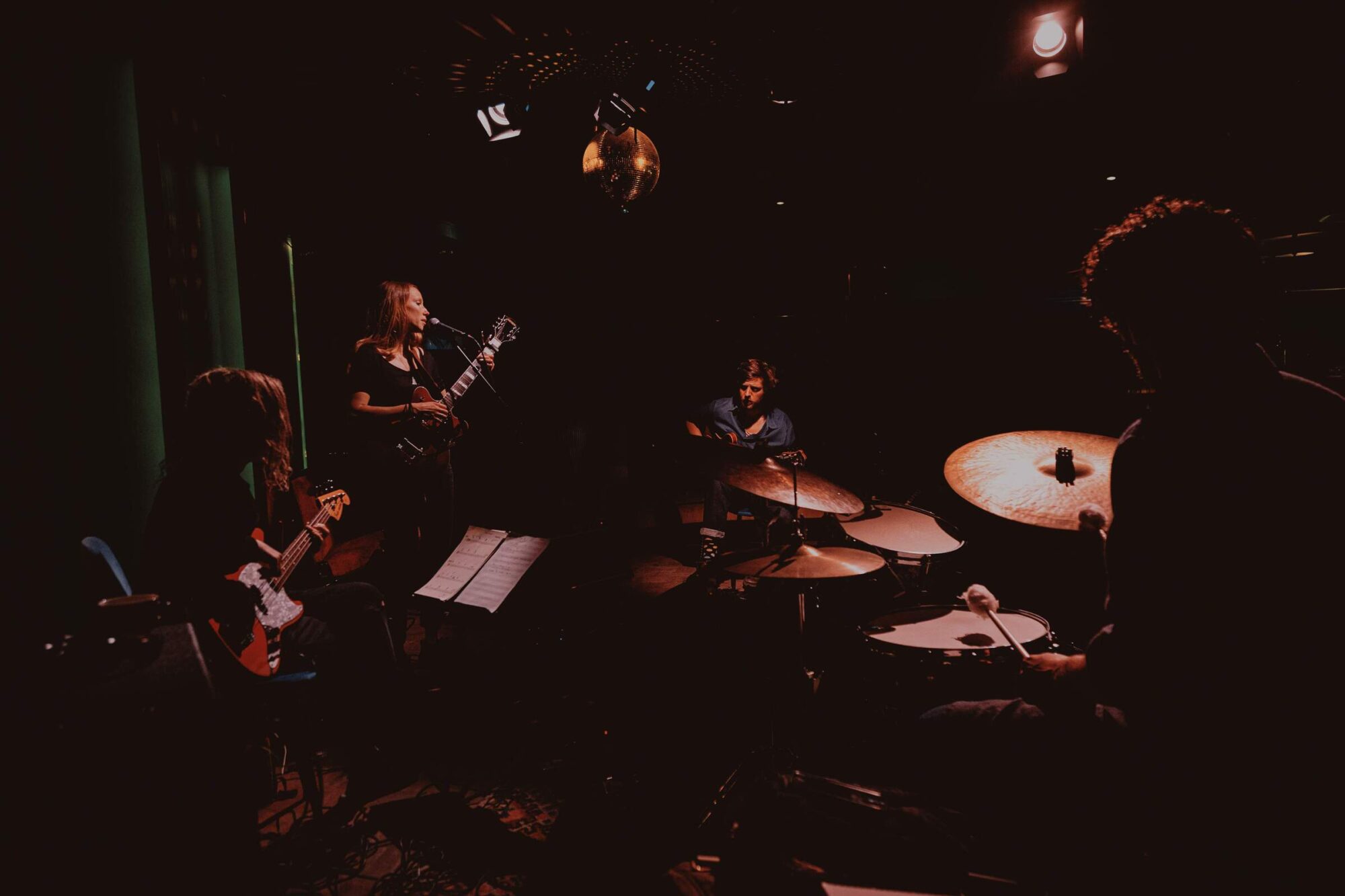
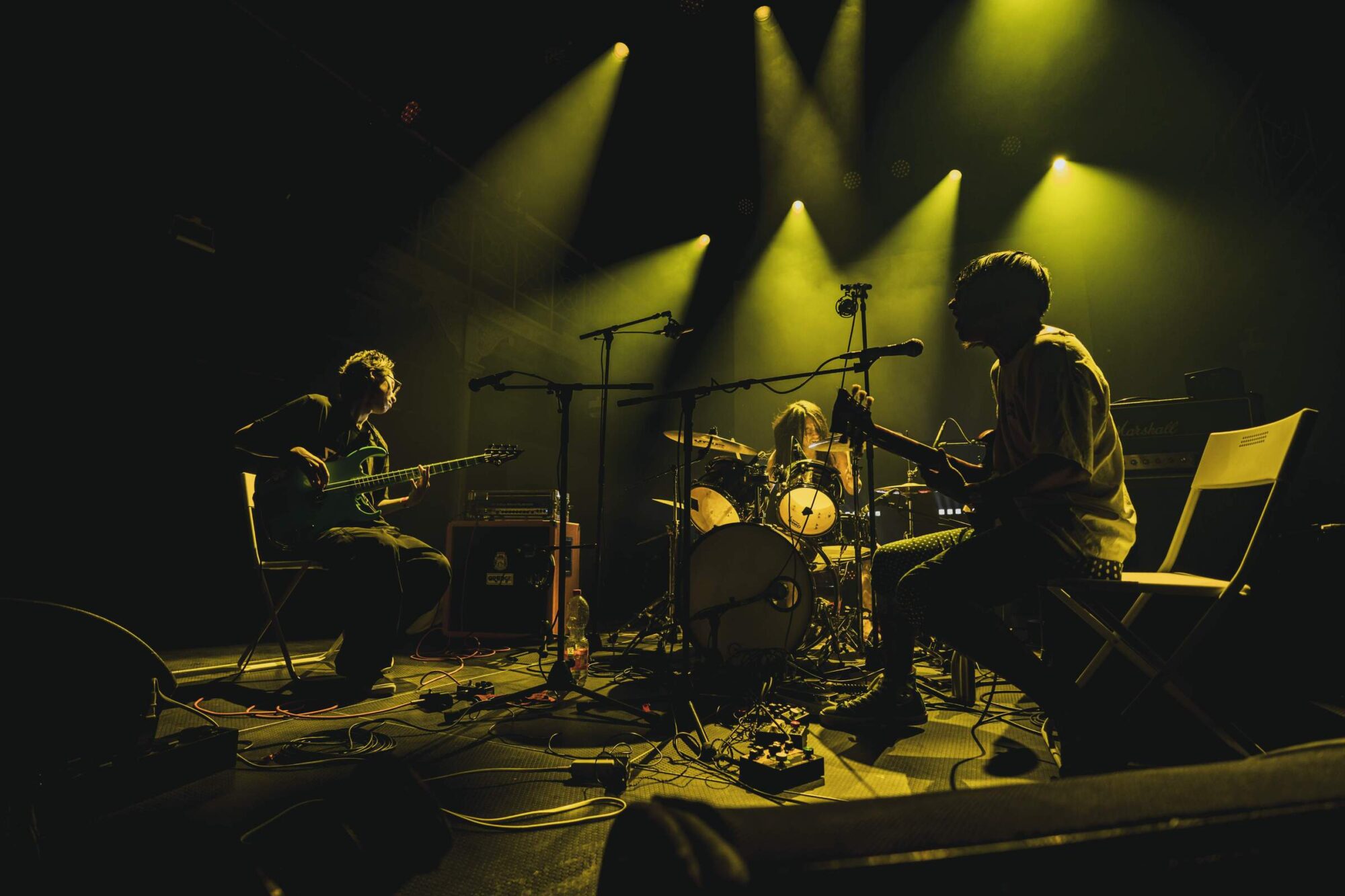
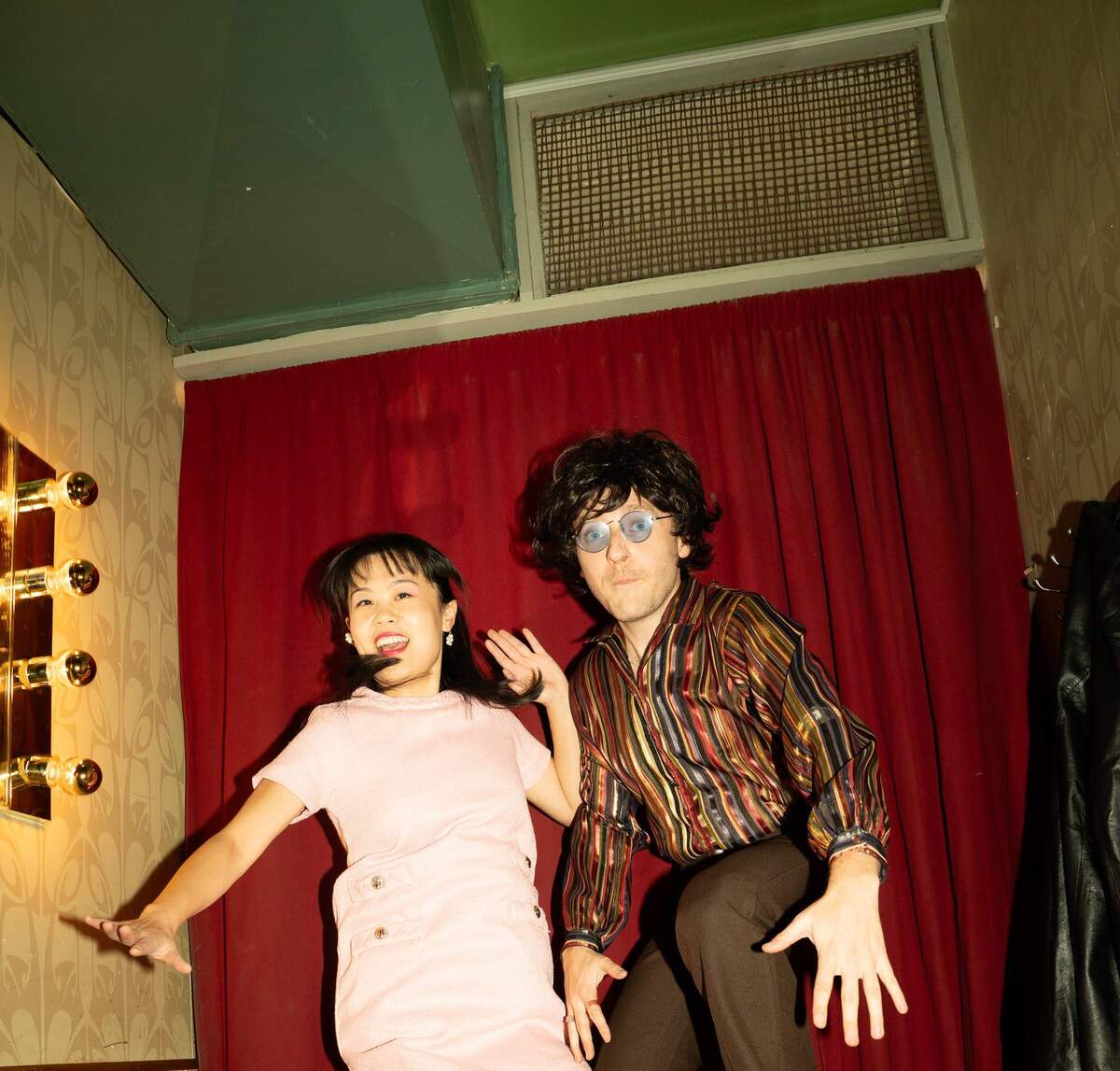
I have been listening to Arthur Brown all day long after reading this interview. Thank you very much.
Great stuff, way to go!
That face paint from his fire period is enough to give generations of kids nightmares ha ha. No only joking. I admire Arthur for his evolvement in music and not just being a one hit retro act. A good interview, it told me things I didn't know about him.